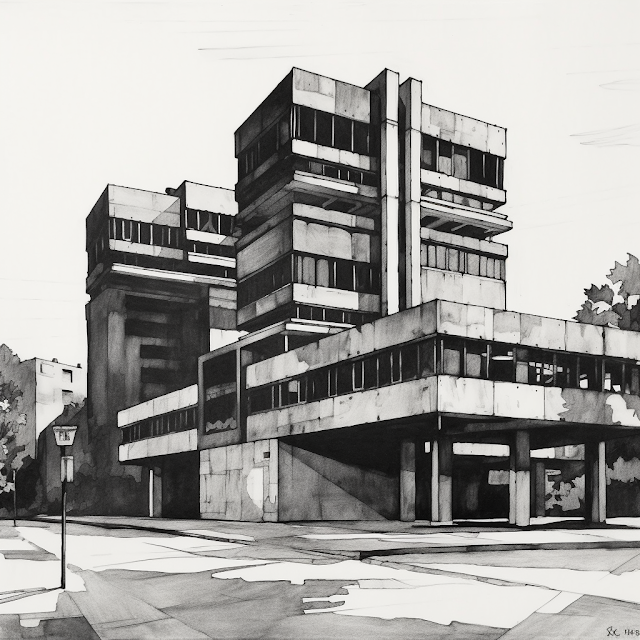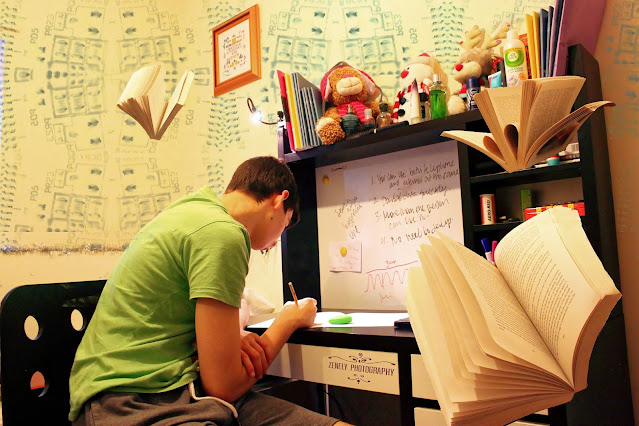Just Roll High

The following is a very simple method I use for roleplaying that is easy to understand and quick to play with. Whenever there is an impactful or important situation with a chance of failure or some sort of uncertainty, I like to ask for a roll. Success just depends on if you roll high or not. Generally, if you roll higher than the average of your die, then that’s a good sign. Rolls of 1 or close to 1 can be intuitively interpreted as “bad”. Image generated with Midjourney. With this framework I’ve arbitrarily decided that a healthy and capable human should in most situations roll a d6. It’s the baseline. If there are setbacks or hindrances, then roll a d4. With the right equipment, experience or training, roll a d8. If exceptionally skilled, prepared or generally suited to the situation, roll a d10. If circumstances are extremely advantaged somehow, roll a d12. The advantage of this approach is that you get almost instant communication to both y...












